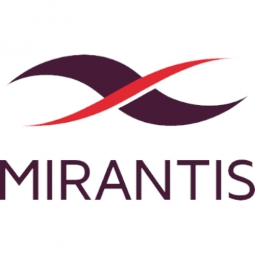Mirantis
Case Studies
Leading Credit Card Company Taps OpenStack to Speed Time-to-Market and Lower Platform Costs
Overview
 |
Leading Credit Card Company Taps OpenStack to Speed Time-to-Market and Lower Platform CostsMirantis |
Infrastructure as a Service (IaaS) - Cloud Computing Infrastructure as a Service (IaaS) - Private Cloud Infrastructure as a Service (IaaS) - Cloud Middleware & Microservices | |
Finance & Insurance | |
Business Operation | |
Cloud Planning, Design & Implementation Services System Integration Training | |
Operational Impact
| Developers now own the testing and deployment of their code as well as the sizing and scaling of infrastructure. This allows for many small feature distributions versus large and cumbersome releases. | |
| OpenStack eliminates inconsistencies between development, test and production environments as all systems are drawn from the same private cloud infrastructure. | |
| With self-service, on-demand access to infrastructure, developers now access compute capacity in five minutes versus two-weeks. | |
Quantitative Benefit
| 90% reduction in time-to-provision. | |
| 80% decrease in systems cost, resulting in $3 million in savings per year. | |
| OpenStack deployment is 50% cheaper than Amazon Web Services’ M2 instances. | |


